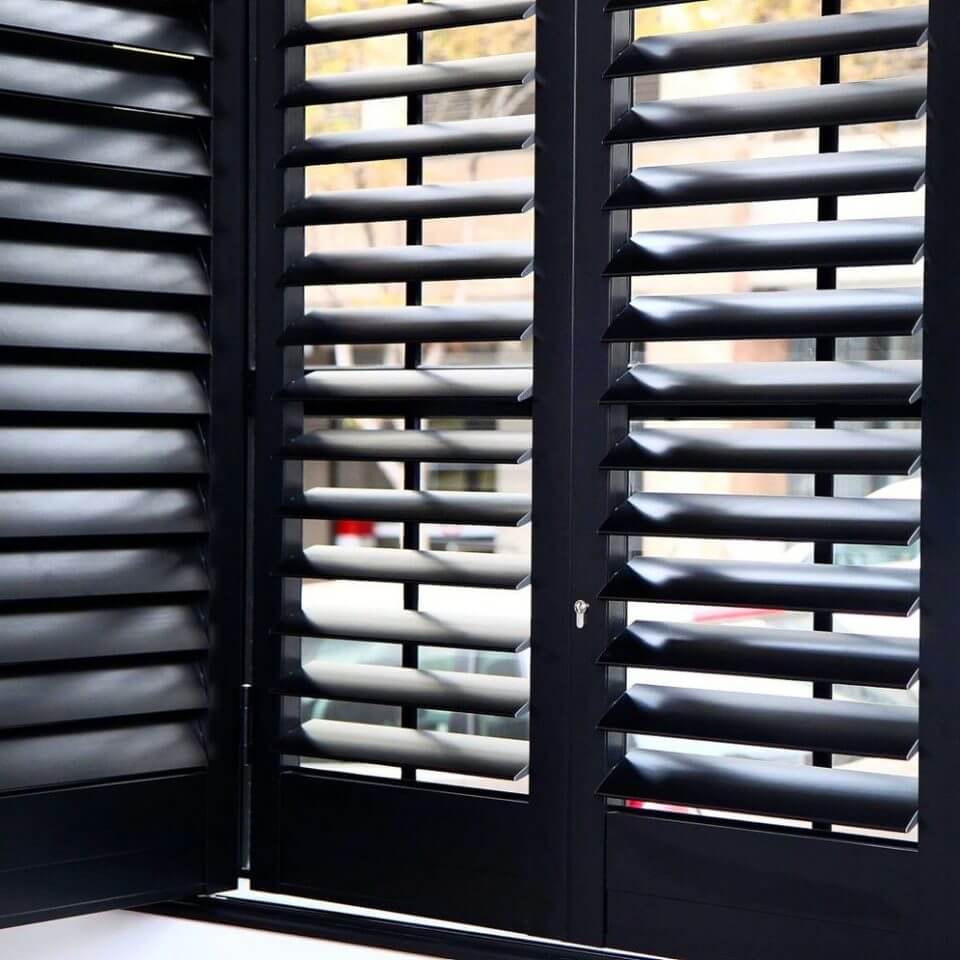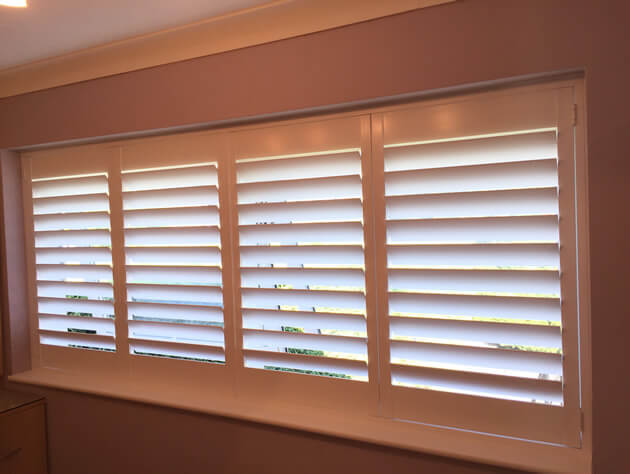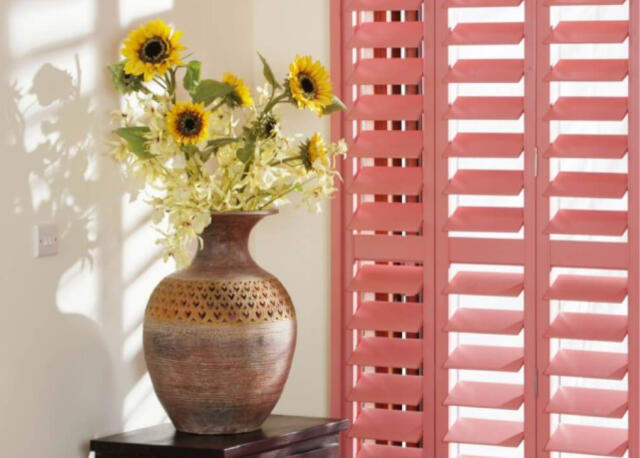Both Window Shutters and Blinds are used as a way of creating not only a visually attractive window covering for your rooms, but a way of increasing privacy, light and airflow. But what are the real differences between both these window coverings? Shutters are a more permanent solution, fixed to the frame or surrounding of a window with panels which can be opened into the room. The louvre blades are normally wider than the standard blade of a blind and rotate open and closed using a tile rod for varying levels of privacy. The tilt rod can be hidden for a more minimalistic look. Blinds use a chord system and rod to make the blades adjustments. One difference with blinds over shutters is the fact that they can be pulled right to the top leaving your window completely unobstructed. Blinds have strings which are used to adjust and pull the blades to the top which are then left to dangle down one side. These strings can sometimes become tangled and can become a hazard in a child’s room, although it is quite straight forward for these to be tied up and placed out of reach if required. Shutters and blinds can be made from different materials and vary in style and finish. Due to their design blinds often have a much shorter lifespan compared to shutters that are far more robust and built using greater quality wooden materials. Shutters are the only window dressing which can be designed and installed on any shaped window no matter how irregular the shape and size, which not only looks fantastic, but creates a made to measure solution with no gaps. For more information on the Shutters and Blinds we have to offer and advice on which solution is best for your rooms, please do not hesitate to contact us!
Get in touch!Related articles
Can Plantation Shutters Be Painted?
Choosing the perfect colour for your plantation shutters is a big decision. Whether you decide on a timeless neutral…
Read moreEasy to achieve Christmas window ideas
As Andy Williams put it, ‘it’s the most wonderful time of the year’. It is time to get in the…
Read morePlantation Shutters for Juliettes Interiors Showroom
We work closely with several interior designers both with their own showrooms and properties of their clients. ShuttersUp strive to…
Read moreFor all your shutter inspiration
Get in touch to arrange your quote
We’ll be happy to pay you a visit so we can offer tailored, personal advice about all your shutter options.






